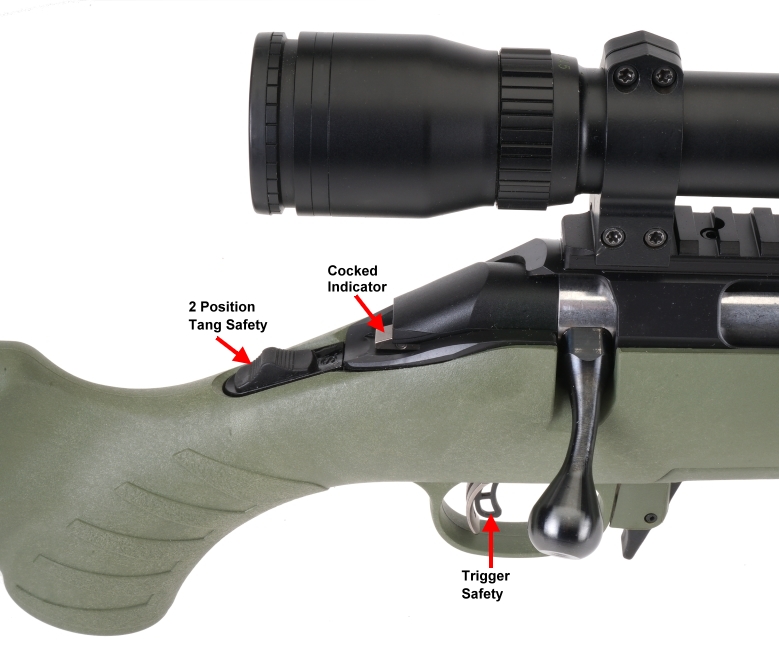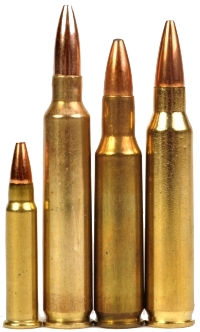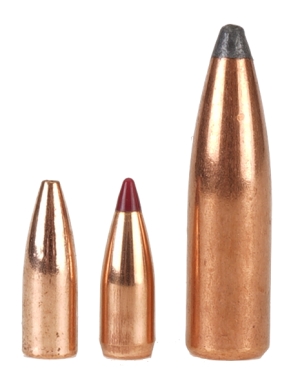02/18/2024 – I am so looking forward to a motorcycle run from Maine to Texas, with a few stops in between. I know, shut up already, Joe. Last time, then I will shut up until the trip.
Car trips always end up a race. Get there in the fewest days possible, get in the most daily miles, stay on the Interstate, always one more hour on the road each day, then up and out early the next.
Destination traveling. I do not know how many scenic experiences I have missed, towns I have bypassed, people I have not seen, even though I told them I would stop on the way. So whatever route I take, and for how long it will take, I need to stop in Pennsylvania to see Al and Nancy. I talk to them every few months, but I have not seen them in person since ’72 ish.
I need to stop in Arkansas where Michael and Marcia now live. A good Air Force buddy and young family friend. When I was discharged, Harry drove back with me in my old ’67 Mustang. We stopped in the see Mike and Marcia in Missouri, where they lived at that time, before I dropped Harry off in Butler, PA. That was in December of 1970. Harry is gone. An example of why not to put things off.
In Texas there will be family, but I will also stop in to see Pat, another Air Force buddy I communicate with, but have not seen since ’70. I do not drink or smoke, stopped in ’98, but I think some drunk fishing might be in order for that occasion.
So this trip means many things. A personal challenge to see if I can still do it. A chance to address things not yet done. No, not a bucket list kind of thing. More like there are no rules prohibiting older people from having life goals and new experiences. The routine of life keeps on going until the good Lord decides it stops, so until then…
I am obsessed with trip planning; routes, timing, overnight stops, gas stops. Gear, systems, inclement weather, heat, cold, rain, boots, clothes, security. What to take, what to leave behind. It is like planning for a wilderness hunting or fishing trip, or playing that game, “If you’re stranded on an island, pick five items you want to have with you”.
And now about guns
The 204 Ruger and the Ruger American® Rifle Predator make for a pretty terrific varmint hunting combination. Topping out at coyote size game, the 204 Ruger is accurate, low in recoil, has an effective range out to 400 yards, and is inexpensive to shoot… rifle and ammunition.
The Ruger American® Rifle Predator is a well established firearm, low in price, high in performance, this one with a Accuracy International type, single stack magazine.

|
Ruger American Rifle Predator |
|
| Company | Ruger |
| Model Designation | 26971 |
| Point of Manufacture | Newport, NH, USA |
| Type of Action | Bolt Action 3 Lug 70º Lift |
| Caliber | 204 Ruger |
| Magazine Capacity | 10 |
| Magazine Type* | Single Column Box Detachable |
| Barrel Length | 22″ |
| Rifling Twist Rate | 1:12″ 5 Groove RH |
| Barrel Muzzle Threads | 1/2″-28 |
| Barreled Action | Alloy Steel – Blued Matte Black |
| Stock Type | Moss Green Synthetic |
| Length of Pull | 13.75″ |
| Drop at comb | 5/8″ |
| Drop at heel | 3/4″ |
| Trigger Guard Material | Polymer |
| Front Sight | N/A |
| Rear Sight | N/A |
| Scope Accommodation | Receiver Top Rail |
| Trigger Pull | 3 To 5 Lbs |
| Weight of Firearm | 6.6 Lbs |
| Overall Length | 42″ |
| Safety | Tang |
| MSRP | $669 |
For some time, back in 2016 when Remington introduced the Model 770, it looked like “Value” rifle would be produced at low prices by selling a substandard rifle. Bad stocks, inappropriate use of plastic, horrible stock to action fit, and mediocre accuracy. Fortunately, that scenario did not play out in other manufacturers’ products.
The transition is not unlike what transpired during the bogus oil shortages of the mid 1970s, when the fed stepped on the automotive industry with emissions standards that crippled vehicles for twenty years. That is how long it took auto manufacturers to come up with a clean motor that could outperform even the fastest performance cars of the 60s and early 70s.

The Ruger American Rifle, despite its low MSRP, can match, or outperform any of the production rifles that came before. No, it is not a classic bolt action rifle, but it is becoming the new traditional rifle, and its differences from the classic are what is going its performance edge.
The Predator has a heavier tapered, cold hammer-forged barrel, with ultra-precise rifling. The barrel is threaded to attach brakes and flash and sound suppressors, and is secured to the rifle’s receiver with a barrel nut design that facilitates critical headspace setting.
The one-piece, full diameter bolt body and three-lug lock up provide exceptional strength, a shallow 70° bolt lift, and exacting closed breech receiver, bolt cartridge, barrel concentricity. Dual bolt cocking cams lightens cocking effort.
The Ruger Power Bedding system design secures the receiver to the rifle’s stock in a multiple V block/receiver engagement. This prevents radial and longitudinal movement and permits a free floating barrel.
Safety through design

The subject rifle has a two position safety but, no doubt, will be upgraded to the Gen 2 American rifle, which has a three position tang safety. The two position safety is on or off, with no provision to lock the bolt handle. The newer three position includes “Fire”, “Safe” bolt locked and “Safe” bolt not locked. The cocked indicator remains, protruding when cocked.
The trigger safety is a check against accidental discharge from a fall. It needs to be depressed by a trigger finger before the trigger can be pulled. Ruger’s Marksman Adjustable™ trigger provides a pull weight range between 3 and 5 lbs.
Both Gen 1 and Gen 2 American Rifles have been covered extensively. For greater detail, please use the site search function and enter American Rifle.
The 204 Ruger…
 Pictured L-R, for the sake of context and visual connection 17 HMR, 204 Ruger, 222 Remington, and 223 Remington. Supersonic range, respectively: 200 yards, 600 yards, 500 yards, 600 yards.
Pictured L-R, for the sake of context and visual connection 17 HMR, 204 Ruger, 222 Remington, and 223 Remington. Supersonic range, respectively: 200 yards, 600 yards, 500 yards, 600 yards.
The 204 Ruger is not, no doubt to some people’s surprise, a big and dangerous game cartridge… unless you can get a big bear or Alaskan moose to eat copious amounts of cartridges and expire from terminal indigestion. It is, however, an extremely zippy cartridge, but well behaved in comparison to the barky, barrel burning, bulk powder ingesting 22-250 Remington and 220 Swift cartridges.
Introduced in 2004, the 204 Ruger has proven to be an excellent varmint, small game and target shooting round. It is based on the 222 Remington Magnum (1958) a stretched version of the 222 Remington. The 222 Magnum has been obsolete since about the time the 223 Remington was introduced in 1963.
Similar, but different…
| Cartridge | Case Length “ |
Neck Length “ |
Casehead Diameter “ |
Case Capacity H2O |
| 204 Ruger | 1.850 | 0.200 |
0.378 | 31.0 |
| 222 Remington | 1.700 | 0.313 |
0.378 | 28.0 |
| 223 Remington | 1.760 | 0.203 |
0.378 | 28.0 |
| 222 Remington Magnum | 1.850 | 0.264 |
0.378 | 31.0 |
The 204 Ruger has the body length of the 222 Remington Magnum, but the short next of the 223 Remington, so even reducing the bullet diameter, the 204 Ruger matches the capacity of the 222 Remington Magnum.
Bullet weights…
 Pictured L-R 26 grain and 32 grain 0.204″ bullets next to a 180 grain 308 Winchester bullet.
Pictured L-R 26 grain and 32 grain 0.204″ bullets next to a 180 grain 308 Winchester bullet.
There are approximately 18 bullets in retail channels for the 0.204″ caliber. They range in weight from 24 grains to 40 grains in 7 increments: 24, 26, 32, 34, 35, 39, 40. I have tried the higher end of the weight spectrum, but I have had my best success with the light end. The Ruger has a 1:12″ twist, the .204 Ruger standard.
For lead free applications, I use the Barnes Varmint Grenade 26 grain and the Nosler Ballistic Tip 32 grain copper jacket over lead core.
Data
Warning: Bullet selections are specific, and loads are not valid with substitutions of different bullets of the same weight. Variations in bullet length will alter net case capacity, pressure and velocity. Primer selection is specific and primer types are not interchangeable. These are maximum loads in my firearms and may be excessive in others. All loads should be reduced by 5% as a starting point for development where cartridges have greater than 40 grains in capacity and 10% for cartridges with less than 40 grain capacity following safe handloading practices as represented in established mainstream reloading manuals. Presentation of these loads does not constitute a solicitation for their use, nor a recommendation.

| Cartridge |
204 Ruger |
| Firearm | Ruger American Rifle |
| Barrel Length | 22″ |
| Min – Max Case Length | 1.850″ +0.0″/-0.020″ |
| Min – Max Cartridge Overall Length | 2.125″ – 2.260″ |
| Primer | CCI 450 Small Rifle Magnum |
| Bullet Diameter | 0.2045″ +0.0″/-0.003″ |
| Reloading Dies | Hornady Custom Grade |
| Bullet Type | Bullet Weight Grains |
Net H2O Grains Capacity |
COL” | Powder Type | Powder Charge Grains |
Muzzle Velocity fps |
Muzzle Energy ft/lbs |
5 Shot 100 YD Group” |
| Barnes VG | 26 | 29.2 | 2.260 | AA 2520 | 31.0 | 4289 | 1062 | 0.4 |
| Barnes VG | 26 | 29.2 | 2.260 | Alliant Reloder 10X | 26.0 | 4204 | 1021 | 0.7 |
| Barnes VG | 26 | 29.2 | 2.260 | Hodgdon Benchmark | 28.0 | 4121 | 981 | 0.5 |
| Barnes VG | 26 | 29.2 | 2.260 | Hodgdon H4895 | 29.5 | 4236 | 1036 | 0.8 |
| Nosler VBT | 32 | 29.1 | 2.245 | AA 2520 | 29.0 | 3890 | 1075 | 0.3 |
| Nosler VBT | 32 | 29.1 | 2.245 | Alliant Reloder 10x | 25.0 | 3917 | 1090 | 0.6 |
| Nosler VBT | 32 | 29.1 | 2.245 | Hodgdon H4895 | 28.0 | 3900 | 1081 | 0.9 |
| Nosler VBT | 32 | 29.1 | 2.245 | Hodgdon CFE223 | 31.5 | 3909 | 1086 | 0.5 |
The Ruger’s 22″ barrel dropped a little velocity from the often cited 24″ and 26″ barrels, but that was a fair swap to get to a six and one half pound rifle that is compact enough and light enough to carry for a distance. Hot and cold shot about the same.
It is an easy to handload cartridge, that does not consume massive amounts of powder to generate high velocity. The Ruger American Rife Predator and 204 Ruger make for a terrific afternoon of hunting or recreational target shooting.

Joe-you’re welcome to a hot shower and safe rest stop here anytime. We live just outside of Burlington, VT. I’d love to hear your road tales: shades of Zen and the Art of Motorcycle Maintenance. Which I read on a bike trip to Idaho for a seasonal job one summer. Cheers!
Well, thank you, Bill. Very nice of you.